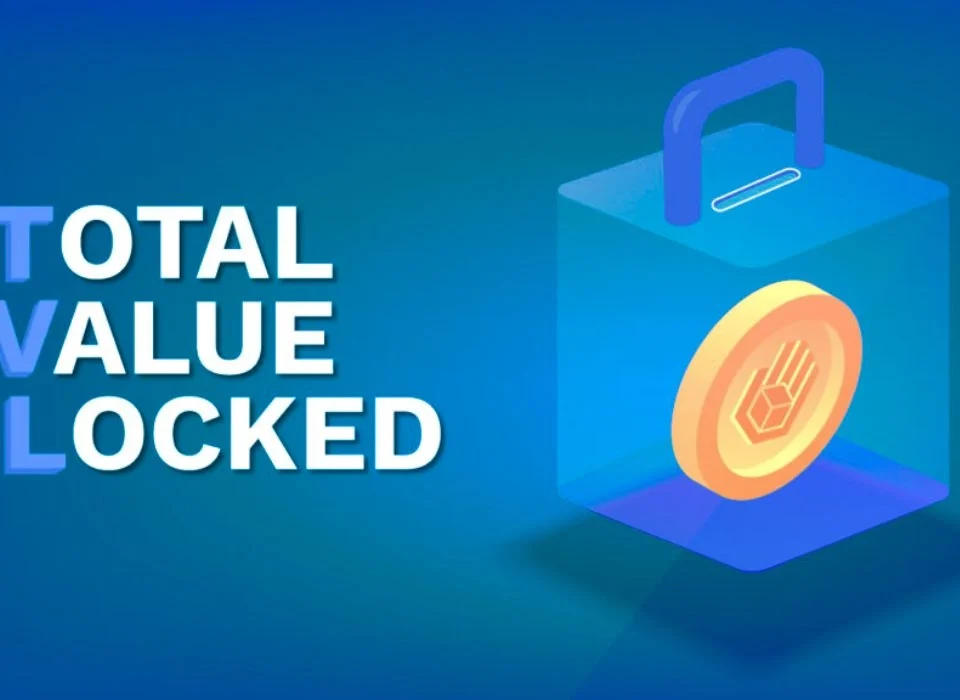
How to Participate in a Decentralized Autonomous Organization (DAO)
21/05/2024
Trump Campaign Embraces Crypto Donations as US Political Landscape Warms to Digital Assets
22/05/2024How to Build a Crypto Investment Strategy
Investing in cryptocurrencies can be both exciting and profitable, but it also comes with significant risks due to the market’s volatility. Building a solid crypto investment strategy is essential to navigate this complex landscape effectively. This article provides a comprehensive guide on how to develop a robust crypto investment strategy, covering fundamental principles, various approaches, risk management techniques, and tips for long-term success.
Understanding the Basics
Before diving into the specifics of building an investment strategy, it’s crucial to understand the basics of cryptocurrencies and the market dynamics.
- What are Cryptocurrencies?
Cryptocurrencies are digital or virtual currencies that use cryptography for security. Unlike traditional currencies issued by governments, cryptocurrencies operate on decentralized networks based on blockchain technology. - Why Invest in Cryptocurrencies?
- High Growth Potential: Cryptocurrencies have demonstrated significant growth over the past decade, with many early adopters realizing substantial returns.
- Diversification: Adding cryptocurrencies to your investment portfolio can provide diversification, potentially reducing overall risk.
- Innovation: Cryptocurrencies and blockchain technology are driving innovation across various industries, offering new investment opportunities.
Step-by-Step Guide to Building a Crypto Investment Strategy
- Define Your Investment Goals Start by setting clear investment goals. Are you looking for short-term gains or long-term wealth accumulation? Understanding your objectives will help shape your strategy and risk tolerance.
- Assess Your Risk Tolerance Cryptocurrencies are known for their volatility. Assess your risk tolerance to determine how much of your portfolio should be allocated to cryptocurrencies. Consider factors such as your investment horizon, financial situation, and comfort level with potential losses.
- Research and Educate Yourself Knowledge is power in the world of crypto investing. Spend time learning about different cryptocurrencies, blockchain technology, and market trends. Reliable sources of information include:
- Cryptocurrency News Websites: CoinDesk, CoinTelegraph, CryptoSlate
- Forums and Communities: Reddit, BitcoinTalk, Telegram groups
- Educational Resources: Books, online courses, webinars
- Diversify Your Portfolio Diversification is a key principle of investing. Spread your investments across different cryptocurrencies to mitigate risk. Here’s how to diversify effectively:
- Large-Cap Cryptocurrencies: Allocate a portion of your portfolio to established cryptocurrencies like Bitcoin (BTC) and Ethereum (ETH). These assets tend to be less volatile and have significant market capitalization.
- Mid-Cap and Small-Cap Cryptocurrencies: Invest in promising mid-cap and small-cap cryptocurrencies with potential for high growth. Examples include Cardano (ADA), Polkadot (DOT), and Solana (SOL).
- Stablecoins: Consider including stablecoins like Tether (USDT) or USD Coin (USDC) to provide stability and reduce overall portfolio volatility.
- Choose the Right Investment Approach There are several investment approaches you can adopt based on your goals and risk tolerance:
- HODLing: This long-term strategy involves buying and holding cryptocurrencies for an extended period, regardless of market fluctuations. It is based on the belief that the value of cryptocurrencies will increase over time.
- Dollar-Cost Averaging (DCA): DCA involves investing a fixed amount of money at regular intervals, regardless of the cryptocurrency’s price. This strategy reduces the impact of market volatility and avoids the pitfalls of trying to time the market.
- Active Trading: Active trading involves buying and selling cryptocurrencies to take advantage of short-term price movements. This approach requires a deep understanding of market trends, technical analysis, and the ability to react quickly to market changes.
- Staking and Yield Farming: Some cryptocurrencies offer staking or yield farming opportunities, allowing you to earn passive income by participating in the network. Research and consider these options as part of your strategy.
- Implement Risk Management Techniques Effective risk management is crucial for protecting your investment. Here are some techniques to consider:
- Set Stop-Loss Orders: A stop-loss order automatically sells your cryptocurrency when its price falls to a predetermined level, limiting your losses.
- Use Portfolio Allocation: Avoid putting all your funds into a single cryptocurrency. Diversify across different assets to spread risk.
- Regularly Review Your Portfolio: Periodically review and rebalance your portfolio to ensure it aligns with your investment goals and risk tolerance.
- Stay Informed: Keep up with market news and updates to make informed decisions and adjust your strategy as needed.
- Security Measures Protecting your investments from theft and hacking is paramount. Implement strong security measures, including:
- Use Hardware Wallets: Store your cryptocurrencies in hardware wallets like Ledger or Trezor for maximum security.
- Enable Two-Factor Authentication (2FA): Use 2FA on all your exchange accounts and wallets to add an extra layer of security.
- Be Cautious with Phishing Attacks: Always verify the authenticity of websites and emails before entering your credentials or making transactions.
- Monitor and Adapt The cryptocurrency market is dynamic and ever-changing. Continuously monitor your investments and stay flexible to adapt to market conditions. Be prepared to adjust your strategy based on new information, market trends, and changes in your financial situation.

Common Mistakes to Avoid
- FOMO (Fear of Missing Out): Avoid making impulsive decisions based on hype or fear of missing out on a potential opportunity. Stick to your strategy and make informed decisions.
- Overtrading: Excessive trading can lead to higher fees and increased risk. Focus on quality trades and long-term goals.
- Ignoring Fees: Be mindful of transaction fees, trading fees, and other costs associated with buying and selling cryptocurrencies. These can eat into your profits over time.
- Lack of Diversification: Concentrating your investments in a single cryptocurrency increases risk. Diversify your portfolio to mitigate potential losses.
Conclusion
Building a successful crypto investment strategy requires careful planning, research, and disciplined execution. By defining your goals, assessing your risk tolerance, diversifying your portfolio, and implementing effective risk management techniques, you can navigate the volatile cryptocurrency market with confidence. Stay informed, prioritize security, and be prepared to adapt your strategy as the market evolves. With a well-thought-out approach, you can maximize your potential for long-term success in the exciting world of cryptocurrency investing.
Links:
Bitcoin
Learning Cryptocurrency
Cryptocurrency Exchange
DeFi
Cryptocurrency Exchange



